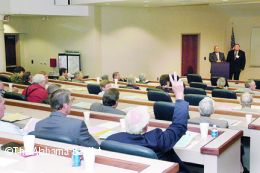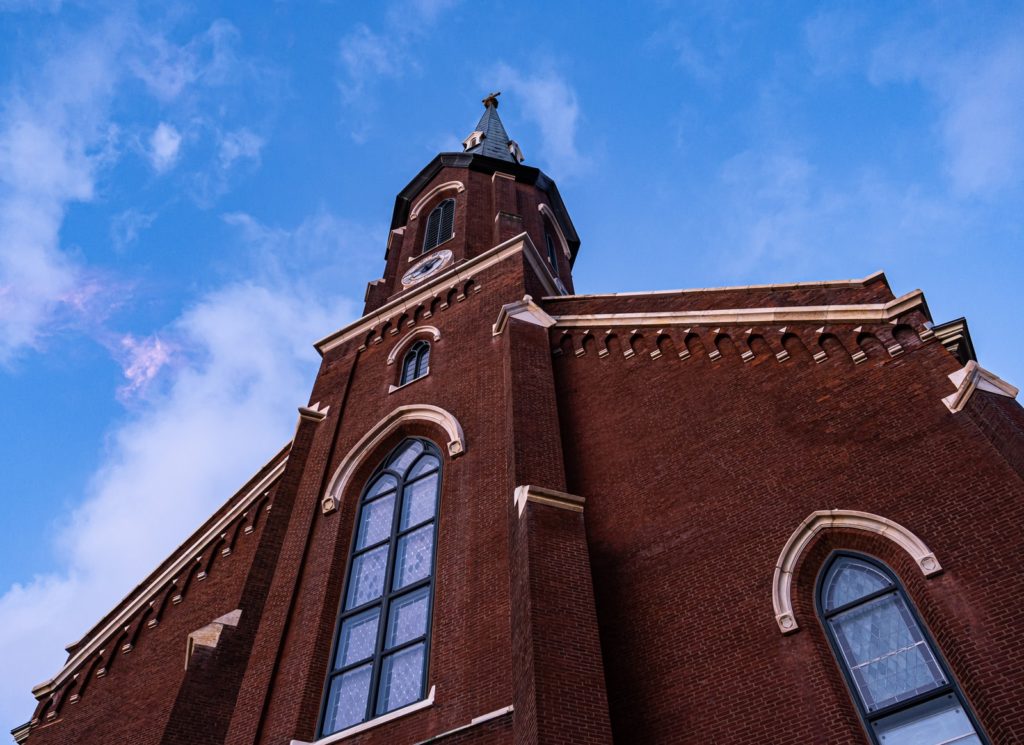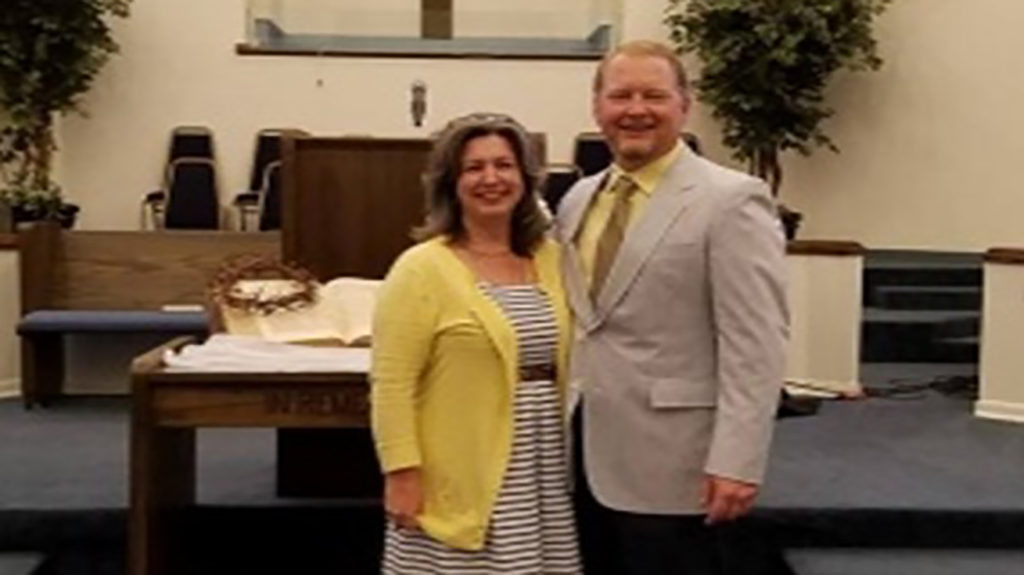Nonminister Alabama Baptist church employees will no longer receive matching retirement benefits from the Alabama Baptist State Convention if the move is approved by state convention messengers in November.
Ministers will not be impacted unless their church does not contribute an annual amount equal to $420 per retirement participant through the Cooperative Program (CP) and State Causes budget. This is a change from the current requirement of no minimum level of CP/state causes giving.
The recommendation to make these two changes was approved by the State Board of Missions (SBOM) May 19, following changes coming from the funding of the protection section of the GuideStone Financial Resources’ Church Retirement Plan (ChRP).
“We regret that a change of this magnitude must take place,” said Rick Lance, SBOM executive director. “We would prefer that we continue our existing arrangement into the future, but circumstances beyond our control have come into play.”
Beginning Jan. 1, 2007, state conventions will absorb more of the costs for protection coverage for church employees participating in the GuideStone plan than they have in recent years. The current $17.50 per month per participant provided by GuideStone will increase to $24.50 per month and will be a shared cost between GuideStone and state conventions. State conventions’ cost will increase 10 percent over the next five years, moving to a 50–50 percentage, said Bobby DuBois, SBOM associate executive director.
The protection coverage provides a disability benefit of up to $500 and a survivor death benefit of up to $100,000 for all ministers and to nonministers who work at least 20 hours in paid church service weekly. Benefit amounts for the survivor benefit are based on age.
Curt Sharp, GuideStone’s executive officer for denominational and public relations, said GuideStone has been funding the protection provision for state conventions since 1993. A strong stock market allowed GuideStone (then the Annuity Board) to build a reserve fund to provide this resource, he said.
The GuideStone funding has saved state conventions $125 million, Sharp said, noting that prior to 1993, state conventions paid all costs on protection and retirement benefits. But the stock market did not continue to do well and about five years ago, it was determined that something would have to change, he explained. “We began looking into options and determined in conversation with state conventions that the best option is to begin a cost sharing of the protection section.”
Sharp also said the final outcome about how much the state conventions would have to absorb cannot be determined at this point. “Will state conventions ever pick up more than 50 percent of the costs? We’re not sure at this point.” But the $24.50 amount is needed to cover the protection benefits. That amount is not anticipated to change, he noted.
The SBOM’s current annual budget for the ChRP is $765,184, which provides the retirement matching benefit to the 3,738 people participating in the church retirement plan.
If the SBOM left the retirement benefits as they are and started absorbing the protection coverage increase from GuideStone, then by 2011, the SBOM would be paying an estimated $1,334,466 per year. However, DuBois noted, an assumed 2.5 percent yearly increase in the budget would result in a 2011 budget allocation for ChRP at $865,737. This would be $468,729 more than would be available to spend. “We can’t find the money to take that kind of hit,” he said.
“We have been doing our best to prepare for these changes over the past three budget cycles,” he explained. “When the Cooperative Program budget increases by 2 to 3 percent, there is not much available to address excessive increases in a particular line item.”
The ChRP participants who contribute more than $52.50 per month qualify for the SBOM matching benefit. For every $3 the participant contributes above the $52.50, the SBOM currently puts in $1. The maximum matching amount from the SBOM is $17.50 per month, which is reached when the person puts in $105. The person can contribute more than $105 monthly up to Internal Revenue Service limits.
What changes is that the SBOM will no longer put in the $1 for nonministers, DuBois explained. This could potentially impact 1,400 people in the state if they were all contributing to the retirement fund at the $52.50 minimum per month, he said.
What this means is that a 56-year-old contributing $80 a month would see a difference of $8.75 a month going into his or her retirement account each month. That is a difference of $1,050 spread out over 10 years.
As far as determining who is and isn’t a minister, Lance said that will be the church’s decision. The definition the SBOM will use is: “Ministers are persons employed by the local church or an association who have been called to Christian vocational service and serve in ministerial staff positions.”
“[ChRP] is still, even with the changes affecting nonministers, a great value,” DuBois said. “A church employee can enjoy the tax advantages of contributions into a retirement account, receive a survivor benefit and a disability benefit at no personal cost.”
In other business, the SBOM approved a name change for the office of men’s ministries. The new name is office of men’s ministries and disaster relief. The SBOM also approved a name change for the office of leadership and church growth. The new name is office of leadership and church health.
Nate Young was named campus minister at the University of Alabama. Shannon Hughes was named campus minister at the University of South Alabama in Mobile.






Share with others: